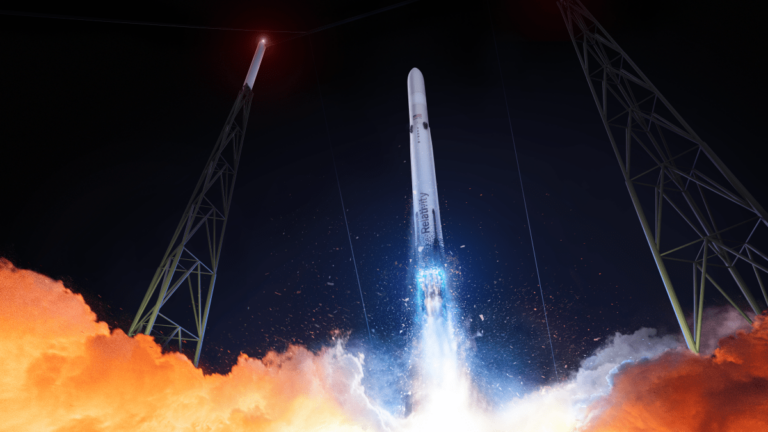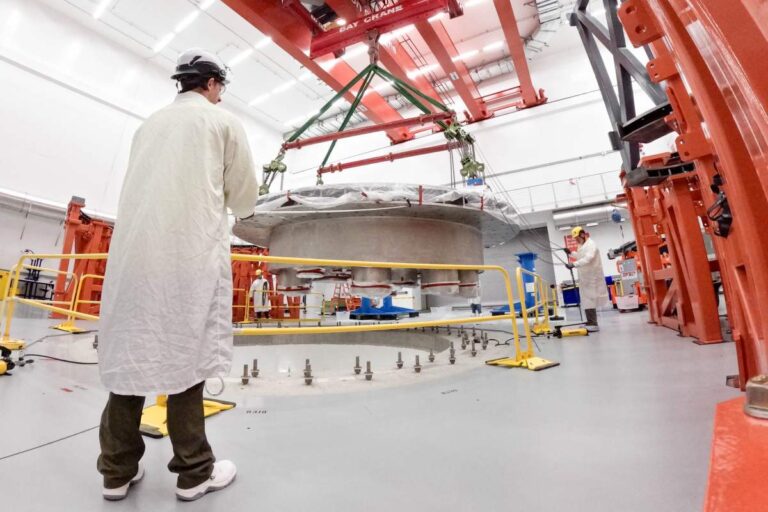Unlocking AI: The Ultimate TechCrunch Glossary for Understanding Artificial Intelligence
Artificial intelligence (AI) is a multifaceted domain that is constantly evolving, often laden with specialized terminology. To help readers navigate this intricate landscape, we have compiled a comprehensive glossary of key terms and phrases commonly encountered in the AI industry. This glossary will be regularly updated to reflect new developments and emerging trends in AI research.
Understanding Key Terms in Artificial Intelligence
AI Agent
An AI agent is a sophisticated tool that leverages AI technologies to perform a variety of tasks autonomously. Unlike basic AI chatbots, AI agents can handle complex activities such as:
- Filing expenses
- Booking tickets or restaurant reservations
- Writing and maintaining code
However, definitions of AI agents can vary, and the necessary infrastructure to support their full capabilities is still under development.
Chain of Thought
In human cognition, answering simple questions is often intuitive. For example, determining which animal is taller between a giraffe and a cat is straightforward. However, more complex problems may require breaking them down into smaller steps—this is where chain-of-thought reasoning comes into play, especially in the context of large language models.
This approach helps improve the accuracy of AI outputs by systematically addressing intermediate steps, although it may take longer to reach a conclusion. Reinforcement learning has optimized these models for better reasoning.
Deep Learning
Deep learning is a specialized branch of machine learning characterized by algorithms structured in multi-layered, artificial neural networks (ANNs). This architecture allows deep learning systems to:
- Identify complex patterns in data
- Learn from errors and self-improve
However, deep learning requires extensive data and typically demands longer training times, resulting in higher development costs. For more details, explore our page on neural networks.
Fine Tuning
Fine tuning refers to the process of further training an AI model to enhance its performance for a specific task. This is often achieved by incorporating new, specialized data relevant to the target application. Many startups utilize fine-tuning techniques to adapt large language models for commercial purposes, optimizing them for niche sectors.
Large Language Model (LLM)
Large language models, or LLMs, serve as the backbone of popular AI assistants, including ChatGPT, Claude, Google’s Gemini, and Microsoft Copilot. These models process user requests by learning from vast amounts of text data.
LLMs are composed of billions of parameters that help them understand and generate language effectively. For more information, visit our section on large language models.
Neural Network
A neural network is the fundamental algorithmic structure that powers deep learning and many generative AI tools. It mimics the interconnected pathways of the human brain, making it possible to process data more efficiently.
The rise of graphical processing units (GPUs) has significantly enhanced the performance of neural networks, enabling advancements in various fields such as voice recognition and autonomous navigation. For further insights, check out our article on neural networks.
Weights
Weights are critical components in AI training, determining the significance of various input features in the data used for model training. These numerical parameters shape the model’s outputs by adjusting their values based on the training process.
For example, in a model predicting house prices, weights are assigned to different features like the number of bedrooms, bathrooms, and property type, influencing the final valuation based on historical data.
For more insights into the world of artificial intelligence, stay tuned for our regularly updated glossary, which will include new terms and concepts as the field continues to evolve.







